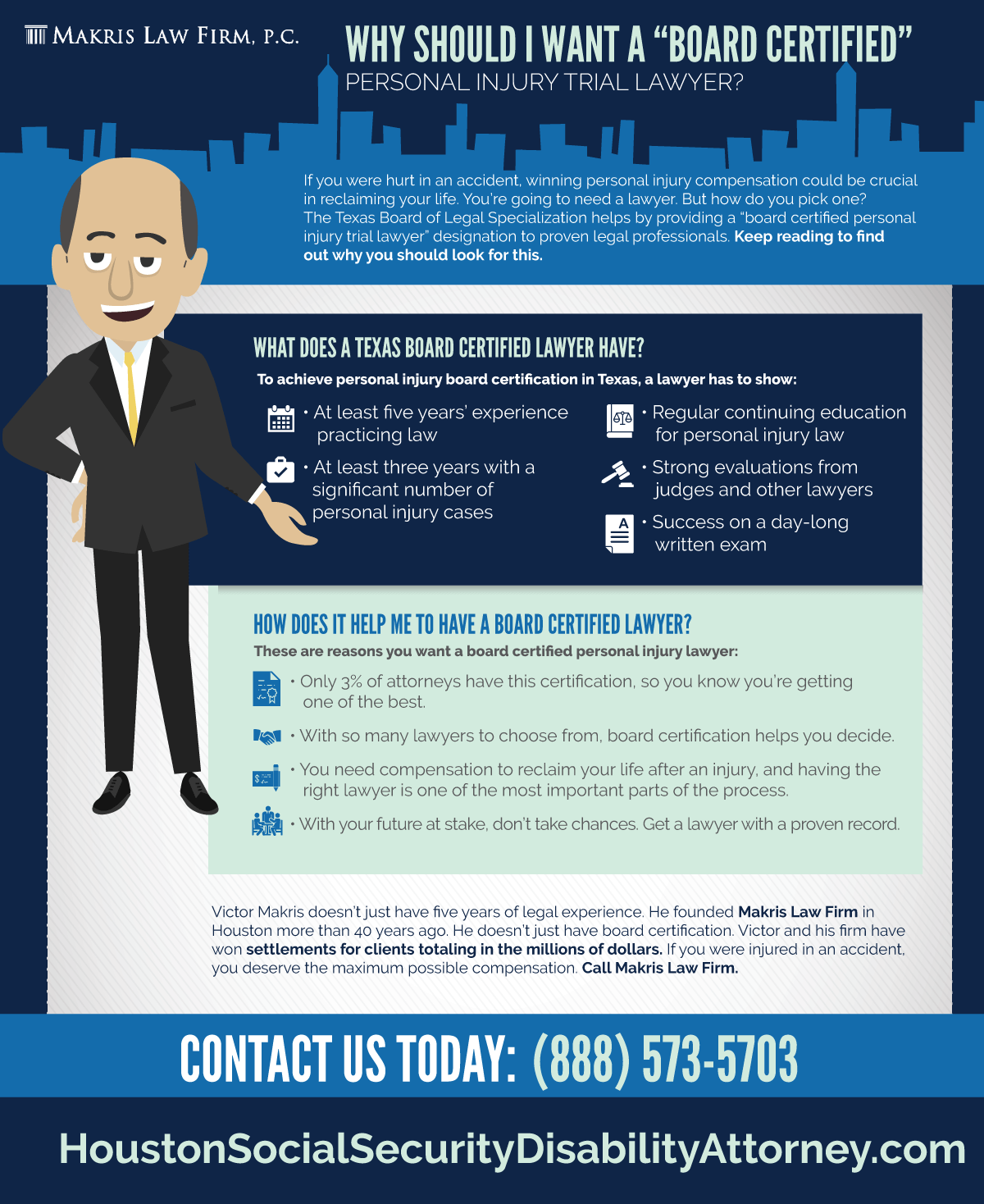What Happens Throughout A Criminal Trial: A Detailed Review
What Happens Throughout A Criminal Trial: A Detailed Review
Blog Article
Content Produce By-Bigum Clements
When you enter a criminal test, you may be shocked by the organized procedure that unfolds. All of it starts with court option, where potential jurors are inspected for prejudices with a technique called "voir dire." Afterwards, both sides provide their opening declarations, setting the stage for the proof and testimonies to adhere to. You'll see how the prosecution and protection build their instances, but what happens next can considerably affect the outcome. Comprehending these stages can disclose the complexities of justice, however there's more to discover regarding the defining moments that comply with.
Court Choice Process
When it comes to the jury choice process, you're diving into a vital stage of a criminal test. This procedure, often called "voir dire," entails doubting prospective jurors to guarantee they're unbiased and with the ability of delivering a fair verdict.
You'll see both the prosecution and defense lawyer taking part actively, each aiming to choose jurors that align with their case's story.
During voir dire, you'll see that attorneys ask questions about jurors' backgrounds, ideas, and experiences. Their objective is to recognize any pre-existing prejudices that can affect a juror's choice. As a juror, you might really feel a mix of anxiousness and curiosity, but your sincerity is vital.
After examining, attorneys can challenge particular jurors for cause if they think a juror can not continue to be unbiased. They can also utilize a restricted number of peremptory challenges to dismiss jurors without stating a reason.
Trial Phases Explained
The stages of a criminal test play an important duty in ensuring a reasonable and structured process.
https://ryangarryllcattorney.s3.amazonaws.com/ryangarryllcattorney.html 'll first experience the opening declarations, where both the prosecution and protection describe their situations. This sets the stage wherefore's to come.
Next, the prosecution presents its evidence and witnesses, intending to prove the offender's regret past a practical question. You'll see direct assessment complied with by cross-examination, permitting both sides to challenge the here and now details.
After look at here rests its situation, it's the defense's turn. They'll offer their evidence and witnesses, typically focusing on developing reasonable doubt. You'll observe that the protection does not have to confirm innocence; they simply require to test the prosecution's case.
Once both sides have offered their arguments, you'll hear closing declarations, where each party summarizes their instance. This is important as it enhances their placements before the jury deliberates.
Throughout these stages, the judge makes sure that the test complies with legal requirements and that the legal rights of both celebrations are protected.
Understanding these phases will help you value the intricacies involved in a criminal test and the relevance of each step in the quest of justice.
Decision and Punishing
Nevertheless evidence has existed and disagreements made, the jury or judge supplies a judgment, identifying the defendant's shame or innocence. If you become part of the court, you'll ponder with your fellow jurors, going over the proof and your impressions. This process can require time, as you'll intend to make sure everyone settles on the decision based on the realities.
As soon as a decision is reached, it's introduced in court. If the defendant is found guilty, the following stage is punishing. This is when the court chooses the ideal punishment. You might observe that numerous variables affect the sentence, such as the intensity of the crime, the accused's previous document, and any kind of mitigating scenarios.
The court may enforce a variety of sentences, from penalties and social work to imprisonment. Often, the defense or prosecution can offer arguments concerning sentencing, trying to sway the court's decision.
If the defendant is found not guilty, they're acquitted, and no punishment adheres to. Remember that a guilty decision can usually result in appeals, where the defendant may challenge the verdict or the sentence enforced.
Conclusion
In a criminal trial, you've seen just how vital each action is, from jury option to the last verdict. You have actually complied with the prosecution and protection as they construct their situations, intending to encourage the court. When Read Alot more completes, the decision establishes the end result, and if the offender is found guilty, the sentencing phase starts. Understanding these procedures assists you appreciate the intricacies of the justice system and the value of each role in ensuring a reasonable test.
